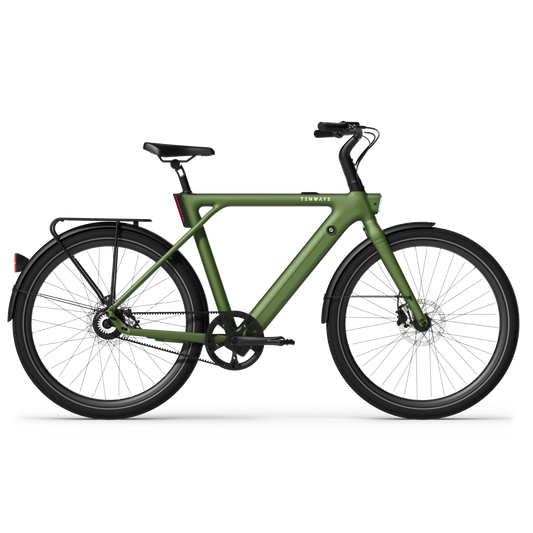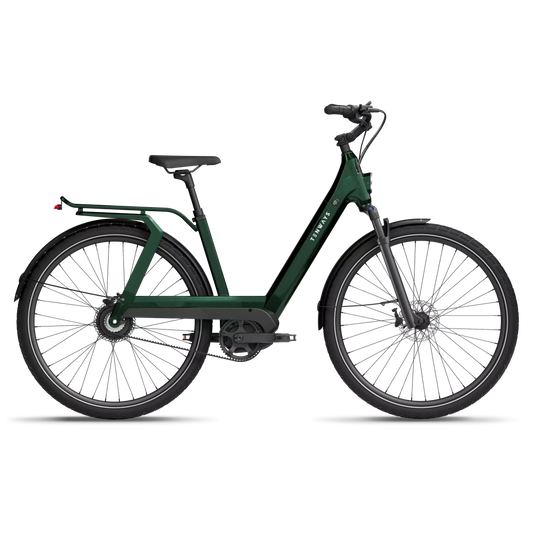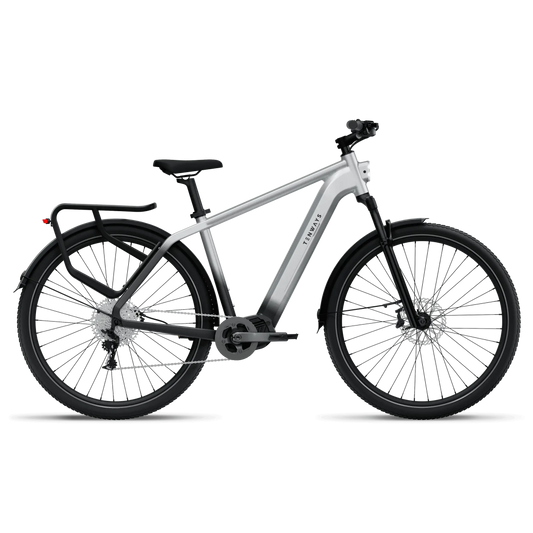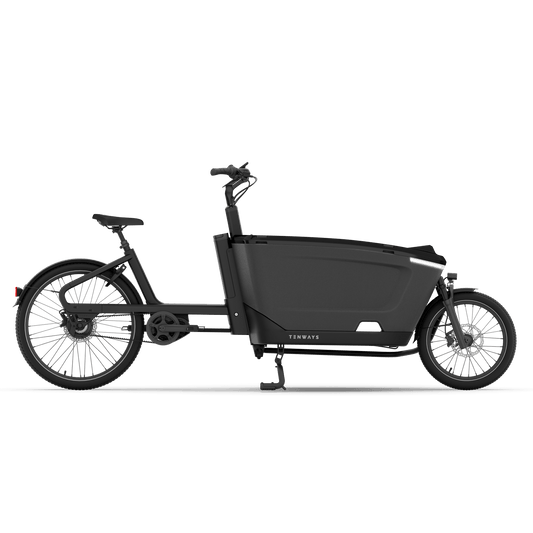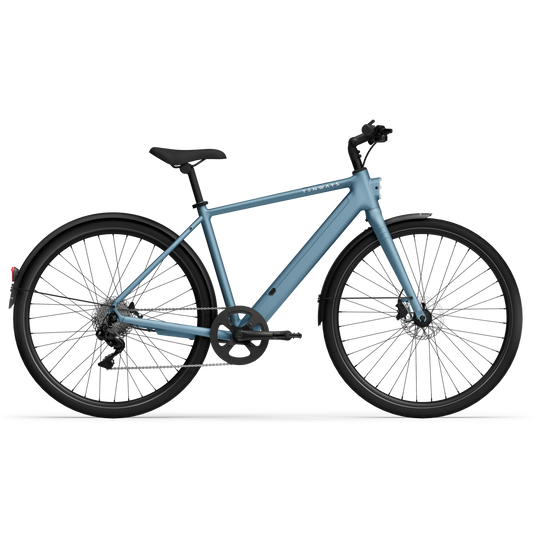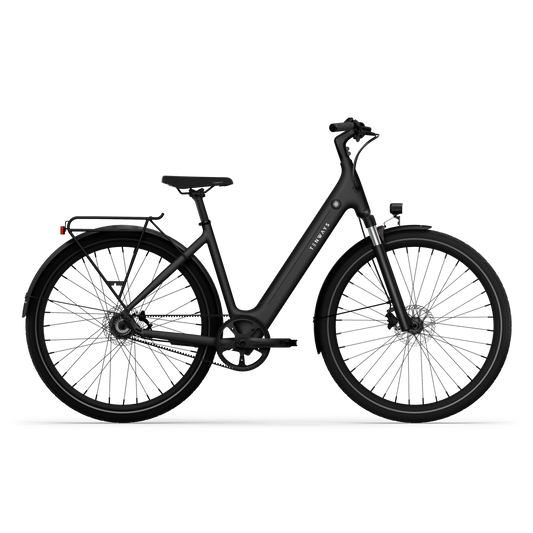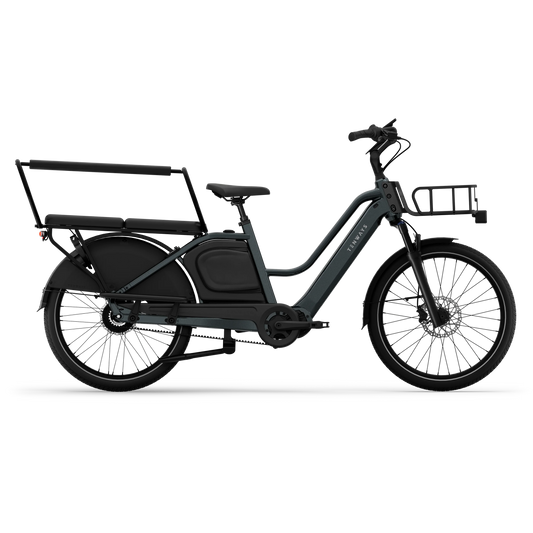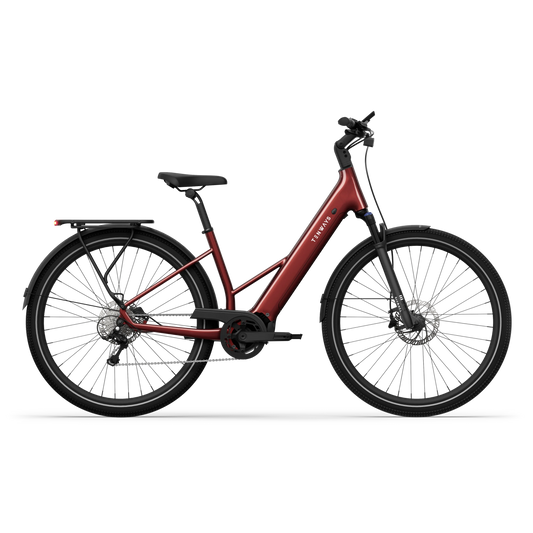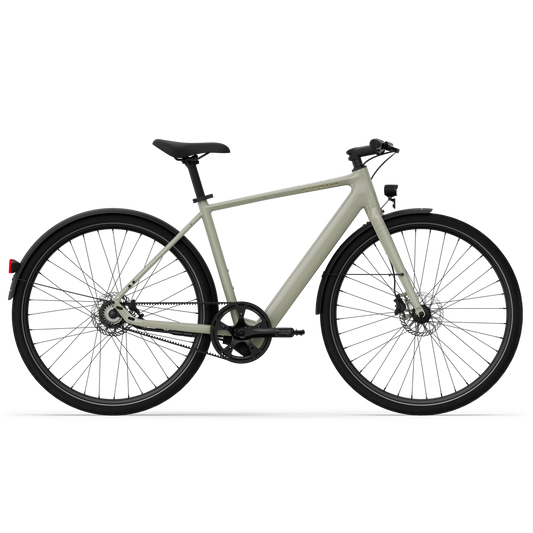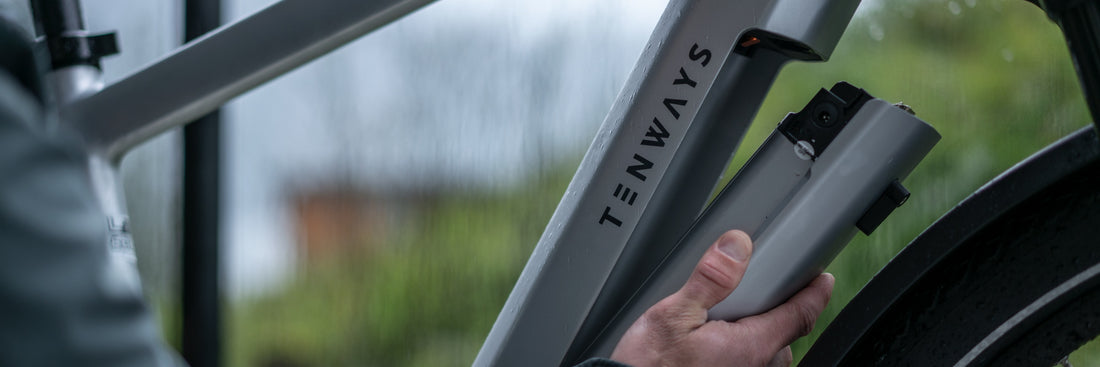As many of you will know, battery longevity is one of the main worries of riders. New batteries can be expensive, so treating your current power supply correctly is important. Most e-bike battery cells are good to go with 400-500 full charge-depletion cycles, but even if you do everything you can to protect your battery, emergencies can happen, so it can be a wise idea to carry a backup for your power. There are multiple power options available these days, and we want to help you take the best care of them all, so you can enjoy your bike for longer!
What affects battery life, and how can you prolong it?
Batteries need to have suitable usage, charge and storage patterns to stay healthy. Follow this checklist to put them on the right track for a long and happy life!
Don't overdo it on the battery cardio
Battery cells are ok with regular moderate exercise, but they get stressed out when the motor constantly asks for max power. Rider style can affect usage, for example, riders that like to switch into a high level of assistance will see a much faster battery drop than those who cycle lightly for the same amount of time, so whatever your ride flow is, make sure you're clued up on preserving battery energy when you can:
- Ride with PAS level 1 (or eco mode on some bikes) and pedal smoothly on the road.
- It's OK to enjoy max power boost, but it's not advisable for a long time.
- If your battery power does go down quickly within one hour, try finding a flatter route or lowering the PAS level.
- Check tires are inflated at the recommended pressure before each ride, because low pressure can affect battery depletion by up to 15%.

Keep a healthy charging routine
Energize your battery correctly by:
- Not overcharging or undercharging it. Being at full charge or left empty too often will speed up cell deterioration.
- A charging cycle between 20% and 80% is perfect.
- Usually, 1-2 hours of charging is ok. If prepping for a longer ride, fully charging the e-bike right before starting out is best. You can compare battery charging times and the range of TENWAYS bikes here.
- Only use the charger provided by the seller, as it is your e-bike's ideal power source.
Maintain the best possible storage conditions
It's just as important to keep your battery, or backup, healthy at home when not in use:
- When the e-bike is left alone for a longer time, make sure its battery isn't empty or fully charged. Check that it has a 40%-70% charge level monthly.
- Always store batteries in a dry environment, and only charge in room temperatures of 7-26 degrees Celsius (45-85 degrees Fahrenheit).
- Never expose to strong sunlight, as batteries can overheat easily, especially after 20-30 minutes.
- After a long ride, always wait 15-20 minutes before charging, to allow battery cells to cool down.

Battery back-up plan
We recommend having a spare power source along for the ride just in case, to help extend the life of the main battery you use. If you don't have multiple backups for power sourcing, we suggest you get one to help you feel more prepared and carefree on your ride. It's good to have extra batteries around, or a power bank, which is a portable charger that can recharge your power when you're on the move. You can use it at rest or on the go, to plug directly into the main battery and recharge it for use. Not sure where to get one for your bike? No stress! We have power banks, and CGO800S batteries, available.
When to use a backup?
As mentioned above, a healthy charging cycle maintains power levels between 20-80%, so switching over to your backup power when you are on a 20% charge is ideal. This way you can not only extend your ride, but also know that you are doing everything possible to prolong your batteries' life. Riding until a battery is flat is not a total disaster, but doing it regularly will damage your battery. This might seem like a lot to take in, but actually in no time at all you will get a good idea of the kind of power usage your rides call for, and when and where you want to charge, and carry your power sources.

How can you store your spare power sources safely?
Just like your main battery, it's important to protect any backups you have, whether they are stored in your home, or carried around with your e-bike. Keeping your power banks and spares indoors when not needed is the best way to protect from weather and theft. You can also have another look above at our battery storage guidelines above to help you keep them safe whenever and wherever.
Stowage while you ride
During your ride, you also need to think about whether your backup can cope with a range of different outdoor settings, to prevent damage. Consider for example moisture protection from rain and puddles, and secure fastening for vibration. Our very own TENWAYS power bank is waterproof and designed to be totally safe to use and carry outdoors as well as indoors! If you think you'll be riding in direct sunlight or extreme temperatures, make sure it's stored safely in a weather-resistant bag.

TENWAYS e-bikes securely lock in power for your trips
Did you know our rides are designed perfectly to fit extra power passengers on board? Our premium performers AGO T and AGO X are ultra-flexible to carry your backups and anything else you need for your trips with their 25kg capacity rear racks! And as for our lightweight commuter models CGO600 and CGO600 Pro, we have versatile rear racks that can be mounted and also carry our water-resistant pannier bags.
Now that we've come to the end of this guide, we hope it has been super useful for you to understand the best ways for preserving your bike's energy. Don't forget we have a whole range of accessories to help you get the best out of your TENWAYS ride!
